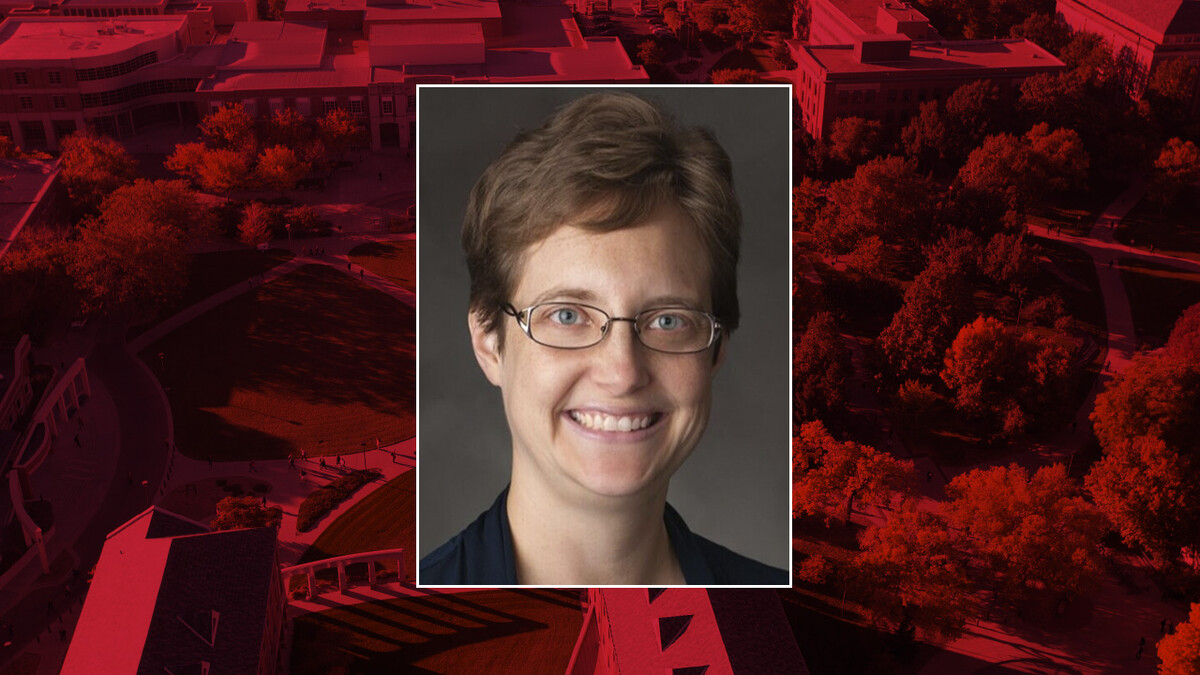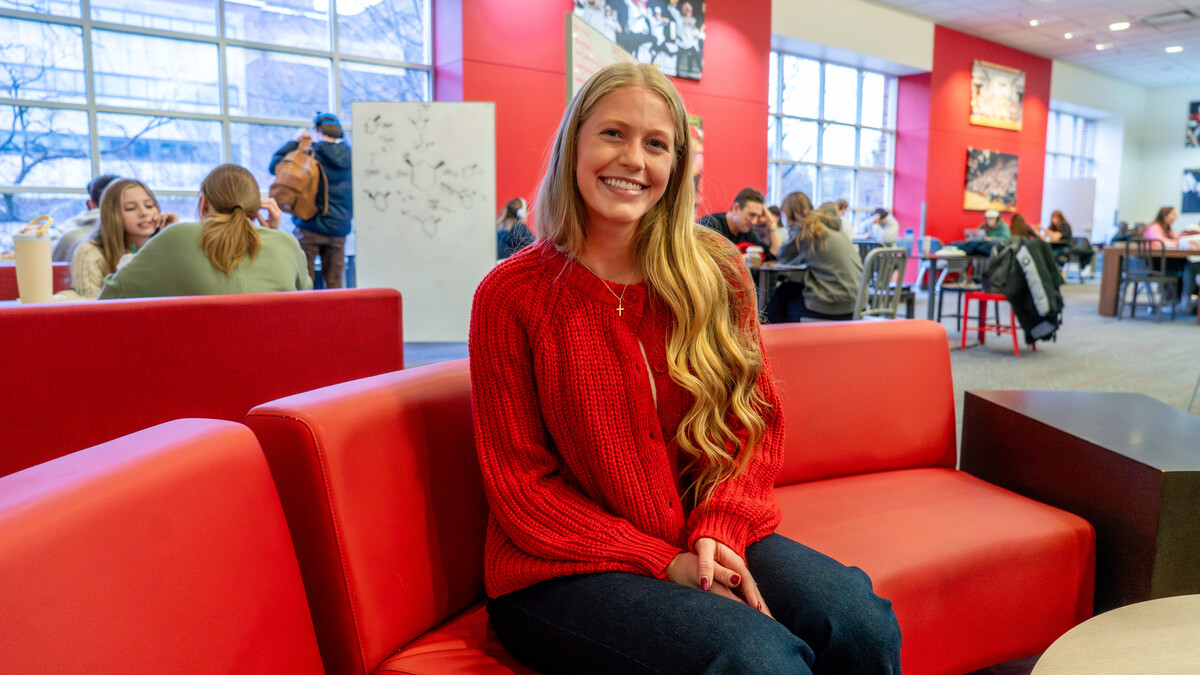
A Nebraska Extension educator has been traveling the state connecting agriculture professionals to new technology.
Dirk Charlson, a Statewide Extension educator for digital agriculture, is helping farmers, agriculture professionals and others learn about drones and how to use them as a precision agriculture tool.
Charlson held courses around the state this summer to prepare individuals to pass the Federal Aviation Administration’s Aeronautical Knowledge Exam to acquire a Part 107 Remote Pilot certificate to fly drones.
“A lot of information we discuss is really new to people unless they grew up with aviation,” he said.
Charlson also led a two-day conference in North Platte in mid-August on using drones in agriculture and spray drones.
He has been teaching courses on drones since 2016 and first taught a series of courses for the university earlier this year. Between Part 107 courses and other drone-focused conferences, Charlson has had more than 300 participants in these events since January.
Charlson, a third-generation pilot, has been flying drones professionally for almost 10 years, mostly for crop scouting and real estate surveying. Charlson is based at the Great Plains Veterinary Education Center near Clay Center and previously taught precision agriculture at Central Community College at the Hastings campus before joining UNL in 2023.
Charlson said people who work in construction, law enforcement and emergency response, and real estate have benefited from the courses and have been fast adopters of using the technology. He has had participants from across five states and a range of ages.
The test prep course covers topics included on the remote pilot test like FAA regulations, controlled airspace, how to read aviation maps and interpreting weather data for aircraft performance.
“The regulations are much more complicated than people realize,” Charlson said.
Since he started working with drones, Charlson has come across many applications for them in precision agriculture. Recently, he’s received a deluge of questions about spray drones. Charlson said interest in these has grown significantly over the last year or so.
“They can be used to apply pesticides, cover crop seed, and there’s quite a few ranchers interested in using them because they can spot spray,” Charlson said.
Drones are also useful for tasks like crop scouting and mapping. Charlson has used drones to document standing water during flooding for insurance purposes.
People can use the aerial shots for tree inventory, for example, or create topographical maps that can be used in irrigation planning. Drone imagery combined with yield maps can offer insight into production problems or help answer other questions, Charlson said.
“Aerial imagery, if you take it throughout the year, and use it in addition to scouting on the ground, it helps you interpret what the yield maps are saying,” he said. “You’re following the history of the field and seeing parts of the field you can’t see on the road.”
Charlson plans to expand his program to more locations and add courses on spray drones and drone flying school in 2025.







